The University of Manchester is the UK’s largest single site University, with a campus spanning 229 buildings all across the city!
With over 200 years of history behind our institution, you can imagine that there have been many changes to the look and feel of our campus over the years. Many of the University’s historic buildings, such as the Whitworth Hall and John Owens Building, have been a permanent symbol of our built heritage for over 150 years. However, many other buildings that alumni may remember from their time here, such as the once looming Maths Tower, have since come and gone.
To keep pace with the fast moving city around us and to meet the ever-changing needs of our communities and student body, upgrades to our buildings and facilities are essential. That’s why the University recently reached the end of an ambitious campus masterplan, which saw £1 billion invested over ten years, to create a world-class campus for students and staff.
For alumni of UMIST who remember our North Campus, including the Sackville Street Building, this area will also soon undergo a huge transformation. Plans are currently underway for a new £1.5 billion Innovation District in Manchester City Centre to be called ID Manchester.
This means that the University might looks very different to students today, compared to those who studied here just ten years ago. And there are more changes still to come!
To show you, our alumni, just how much has changed, we asked four of our students to take us on a tour. Ella, Hamza, Haris and Aminat are all studying at Manchester with a scholarship, funded by our generous community of alumni and donors. You can read more about their personal stories here, or make a gift to support the next generation here.
Below they have shared their favourite places and buildings on campus, as well as details of their history and archive pictures to show the difference between past and present!
You can also navigate to each story using the links below:
The Alliance Manchester Business School
The University Dental Hospital of Manchester
The ‘Old Quad’
by Ella, LLB (Hons) Bachelor of Law
‘The Old Quad’, which sits at the centre of the University campus on Oxford Road, was completed in 1902 and designed by Alfred Waterhouse. This internal courtyard is surrounded by the Whitworth Hall, the John Owens Building, The Christie and Beyer Buildings.
This is one of my favourite areas and it hasn’t changed too much since its completion over a hundred years ago. I believe this is one of the reasons I adore it so much, there is so much history in the walls and the architecture is absolutely stunning. Although other modern buildings at the University are beautiful in their own rights, I tend to gravitate more towards the architecture of the past.
One of the biggest differences I think is apparent from between then and now, is how much busier it seems on Oxford Road. So many University students running to lectures and workshops, going to meet up with friends or study in a café perhaps. The street is constantly overflowing with students, which can be overwhelming sometimes.
University Place
by Hamza, BSc (Hons) Computer Science with Industrial Experience
Opened in April 2008, University Place is a very prominent building constructed on Oxford Road next to the Kilburn Building. At the time of opening the building hosted the largest dedicated lecture theater in the whole of Greater Manchester. It was, and still is ideal for conferences and high-profile events.
Before the opening of University Place, the building which stood on this site was the tall Maths tower. The Maths tower existed from 1968 to 2004, and was home to the Maths department for decades. At 18 storeys and 75 metres tall, it was a true landmark of the South Campus. The building design blended the features of both brutalism and modernism, popular in the 1960s, and featured a podium with three levels and two distinct facades.
After the tower was demolished, the Maths department was relocated to the new Alan Turing building located on Upper Brook street. Located behind University Place, It houses the School of Mathematics, the Photon Science Institute and the Jodrell Bank Centre for Astrophysics. The design of the Alan Turing Building incorporated input from numerous members of the department’s faculty and students.
Manchester Museum
by Haris, BDS Dentistry
Manchester Museum is located on Oxford Road and was recently reopened in February 2023, after undergoing a £15 million redevelopment project. The museum is laid out wonderfully, with floors dedicated to specific exhibits suited for all ages. Everything is presented with background information about the period of time the artefacts originated, including simple and digestible descriptions of historic events that took place. Some examples of exhibits include archaeology, natural history and Egyptian history. There are also two brand new galleries recently opened, the South Asia Gallery and Lee Kai Hung Chinese Culture Gallery. It also has several interesting collections of skeletons, fossils, specimens and minerals. My personal favourite is the Museum’s iconic Tyrannosaurus Rex ‘Stan’, acquired in 2004. Looking at the skeleton takes you back in time and helps you to visualise what dinosaurs would have been like back then.
The Alliance Manchester Business School
by Hamza, BSc (Hons) Computer Science with Industrial Experience
In recent years, the building which houses the Manchester Business School has undergone a major transformation, emerging most recently as the Alliance Manchester Business School after major redevelopment – a modern and innovative centre of learning and research in business and management. The building which sits west of Oxford Road, and was once connected via footbridge to buildings in the east, was first completed in the 1970s. As part of the University’s campus masterplan, this building underwent renovations and refurbishments in 2018, and in recognition of a significant donation towards redevelopment from Lord Alliance, was renamed the Alliance Manchester Business School.
The building was reimagined and redesigned to reflect a fresh and dynamic approach to business education. Located on Booth Street West, the new building contains six floors, and features a range of cutting-edge facilities, including a behavioural lab, a financial markets lab, a data analytics lab, and a Bloomberg trading room. The building is designed to be sustainable and energy-efficient, with features such as a green roof, a rainwater harvesting system, and solar panels.
The Students’ Union
by Aminat, LLB (Hons) Law with Politics
The University of Manchester Students’ Union is a place for students to catch up with friends, study or grab a bite to eat, as well as being home to the Academy, where events and concerts are held. Most importantly, it is a representation of the student body and as we can see on the recent picture, the building is covered with flyers, posters and messages; all a result of the transparency and freedom of expression that is encouraged amongst students and an example of how they are able to voice their opinions.
The original Students’ Union for the University existed on the site of the current Alan Gilbert Building and was constructed in 1895 to house the Men’s Union and the Women’s Union. In 1957, the two Unions merged and a replacement building was opened on Oxford Road. The present home of the Students’ Union was designed by John Somerville Beaumont.
Out of all the buildings on campus, I would say that the student union is my comfort space. It has areas for study, socialising and opportunities to meet new people, including stalls of different things to interact with, such as vintage clothing, posters, plants and jewellery stores.
The Students’ Union is the representation of us students and this is captured quite well as there is something for everyone to do, from the dance studio to the Academy, which both host events and games nights. It is inclusive to everybody and this is an important feature of any university. Furthermore, it is always nice to catch up with my friends at the 532 bar, where I spend the majority of my free time.
The University Dental Hospital of Manchester
by Haris, BDS Dentistry
The University Dental Hospital of Manchester was completed in 1972. Founded in 1883, by 1887 the Hospital was treating over ten thousand patients per year. The clinical workload included primary care and oral surgery which both drastically increased over the coming years. Not only does this benefit patients, but the training of undergraduate and postgraduate dental students as well as students in dental nursing; hygiene and therapy which used to take place here and still does. Now around 90,000 patients per year, including adults and children, visit here to receive treatment. They currently provide a wide range of services including dental implants; orthodontics (braces); emergency dental clinic and much more. I hope to spend much more time in this building during my second year of study.
If you’d like to find out more about the history of some of our iconic buildings, you can find more information here. Or feel free to comment below with your own memories of campus!

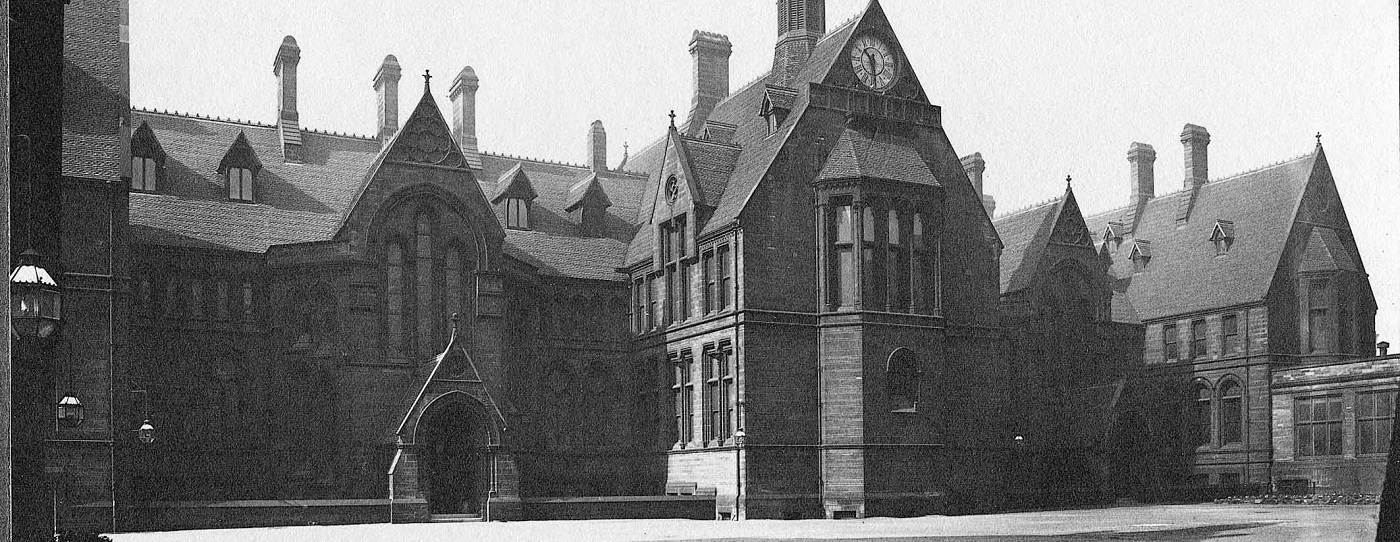
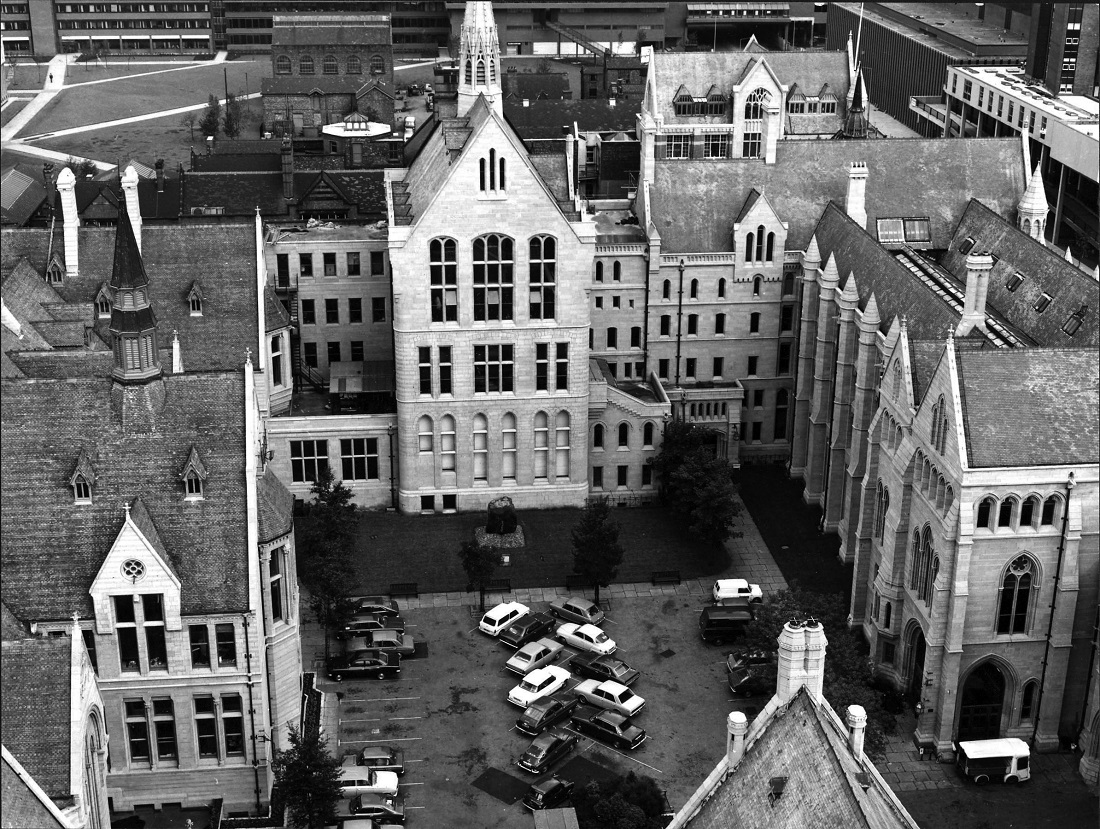
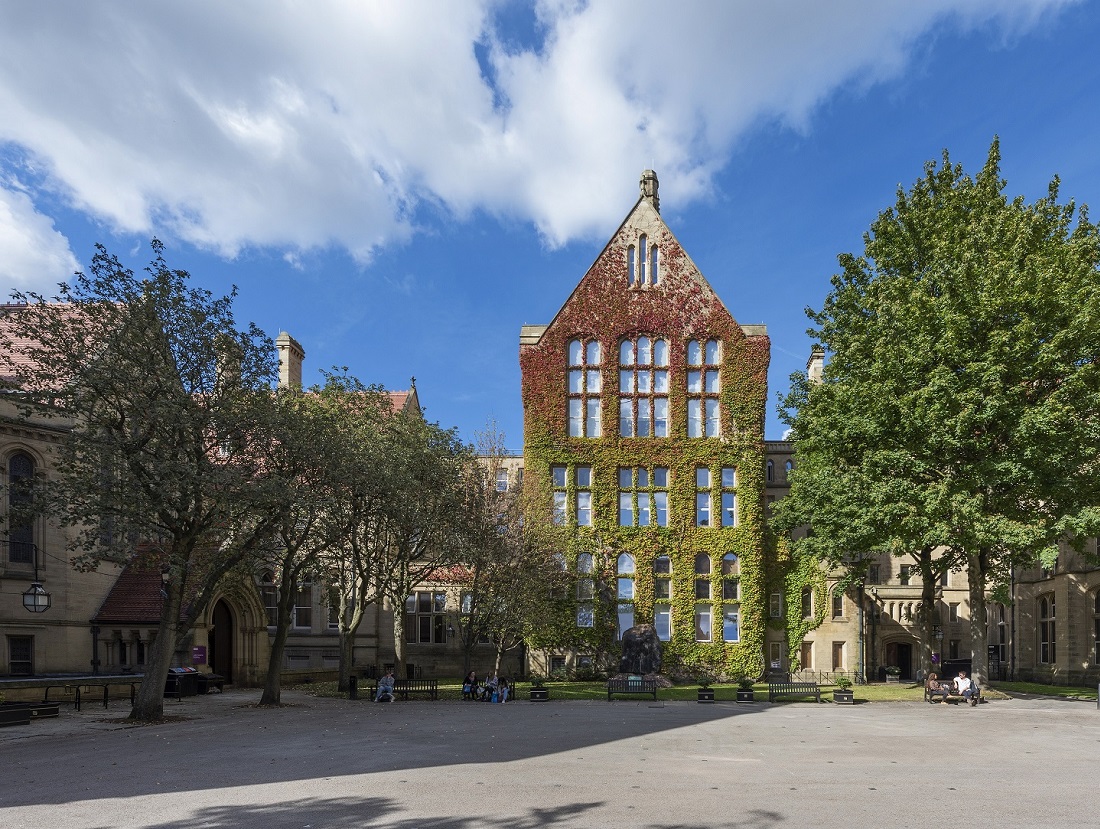
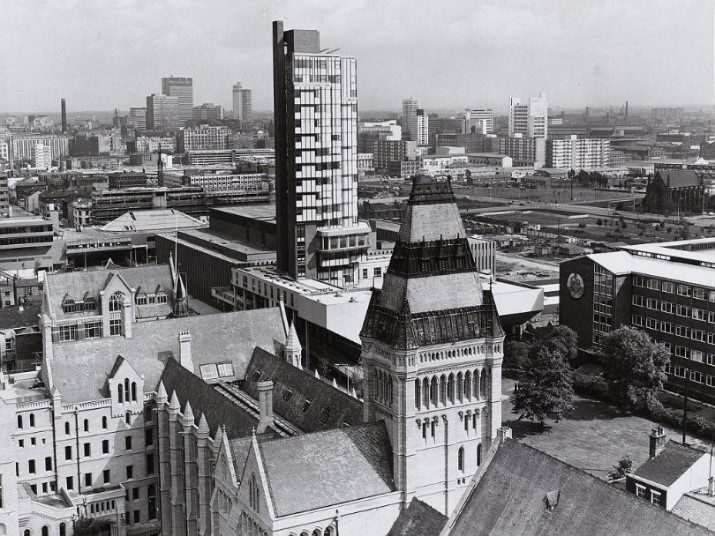
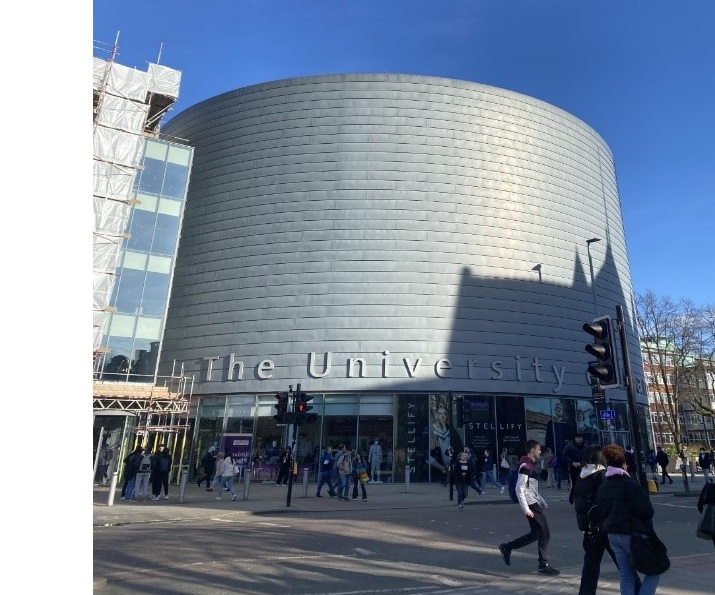
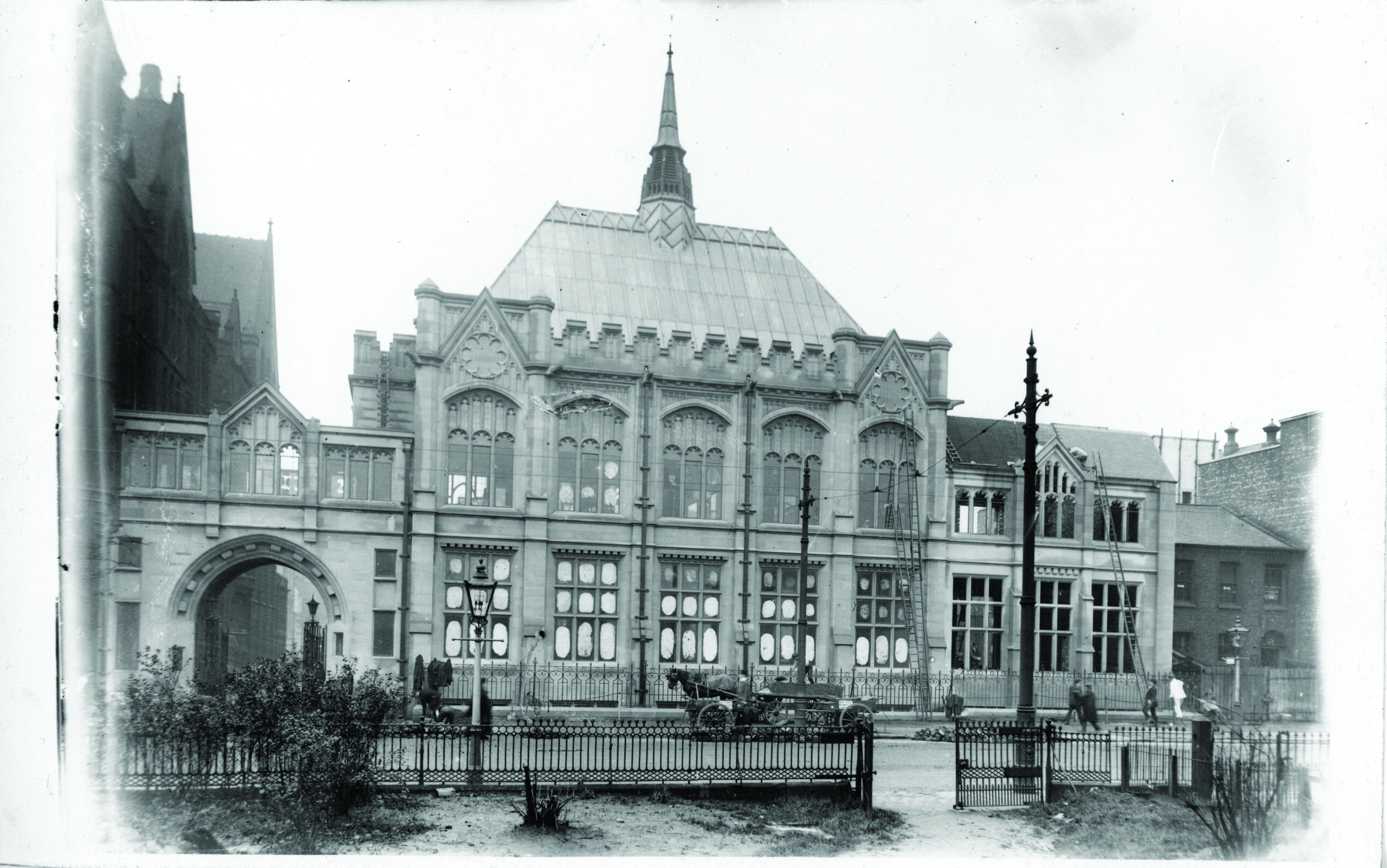


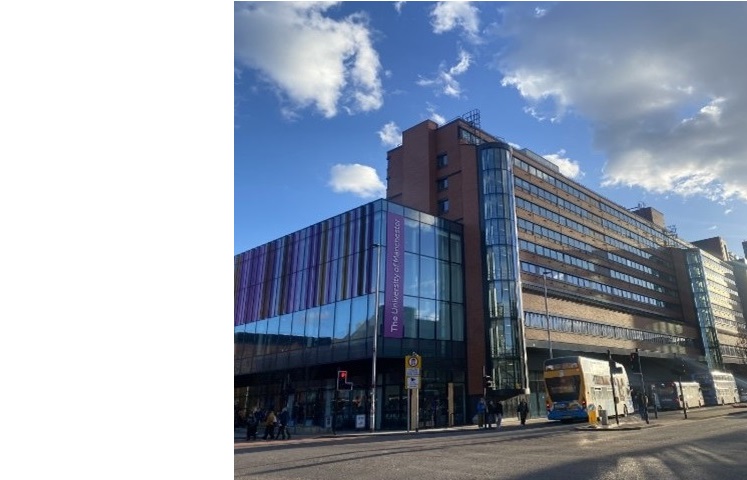
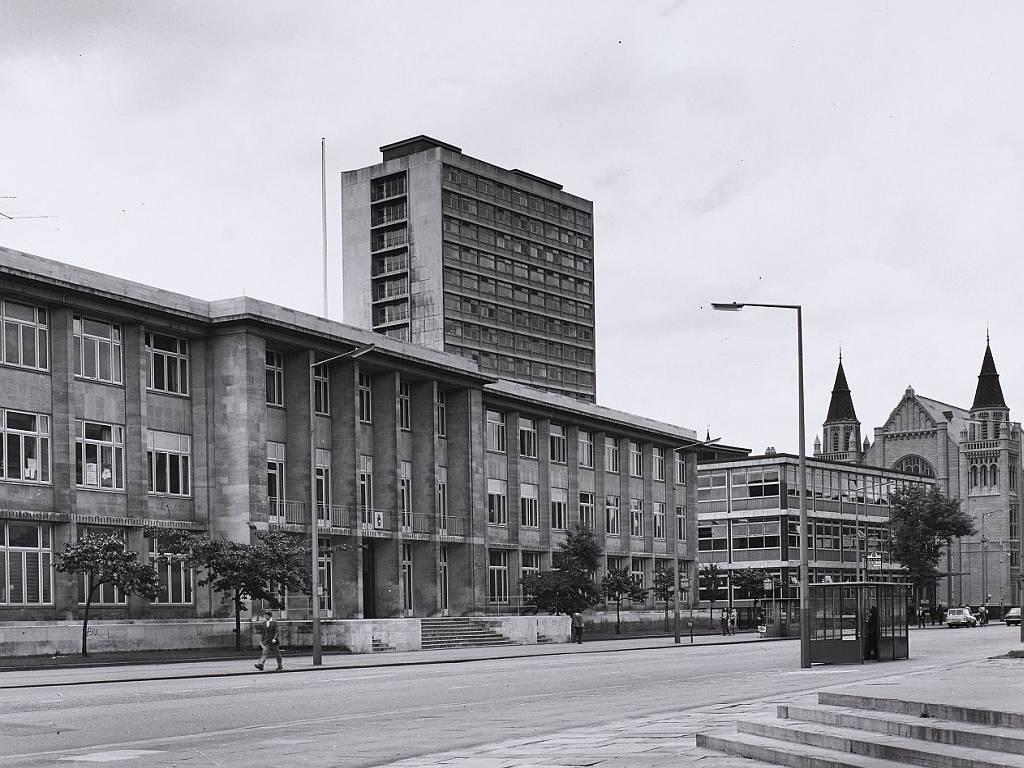
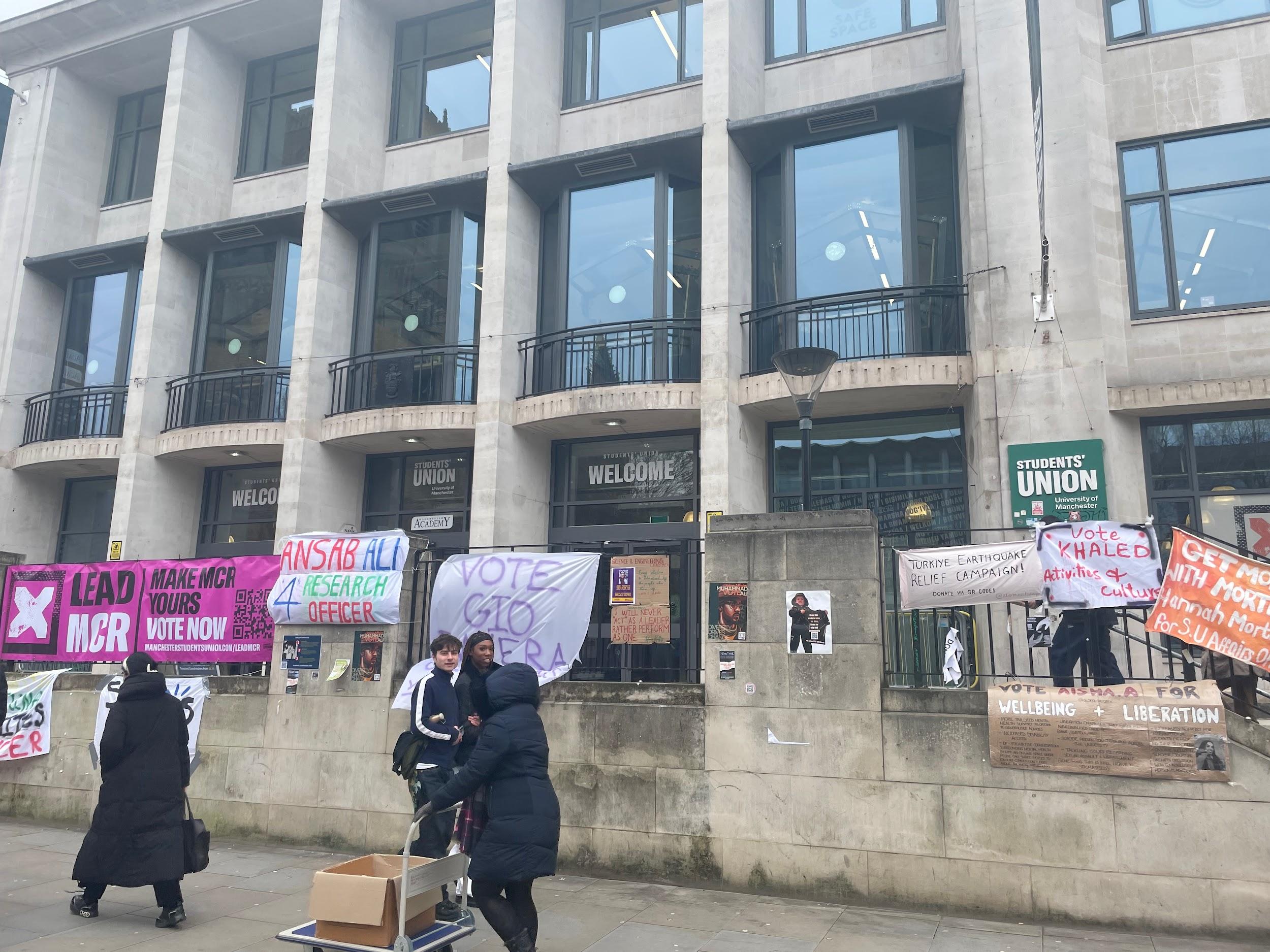

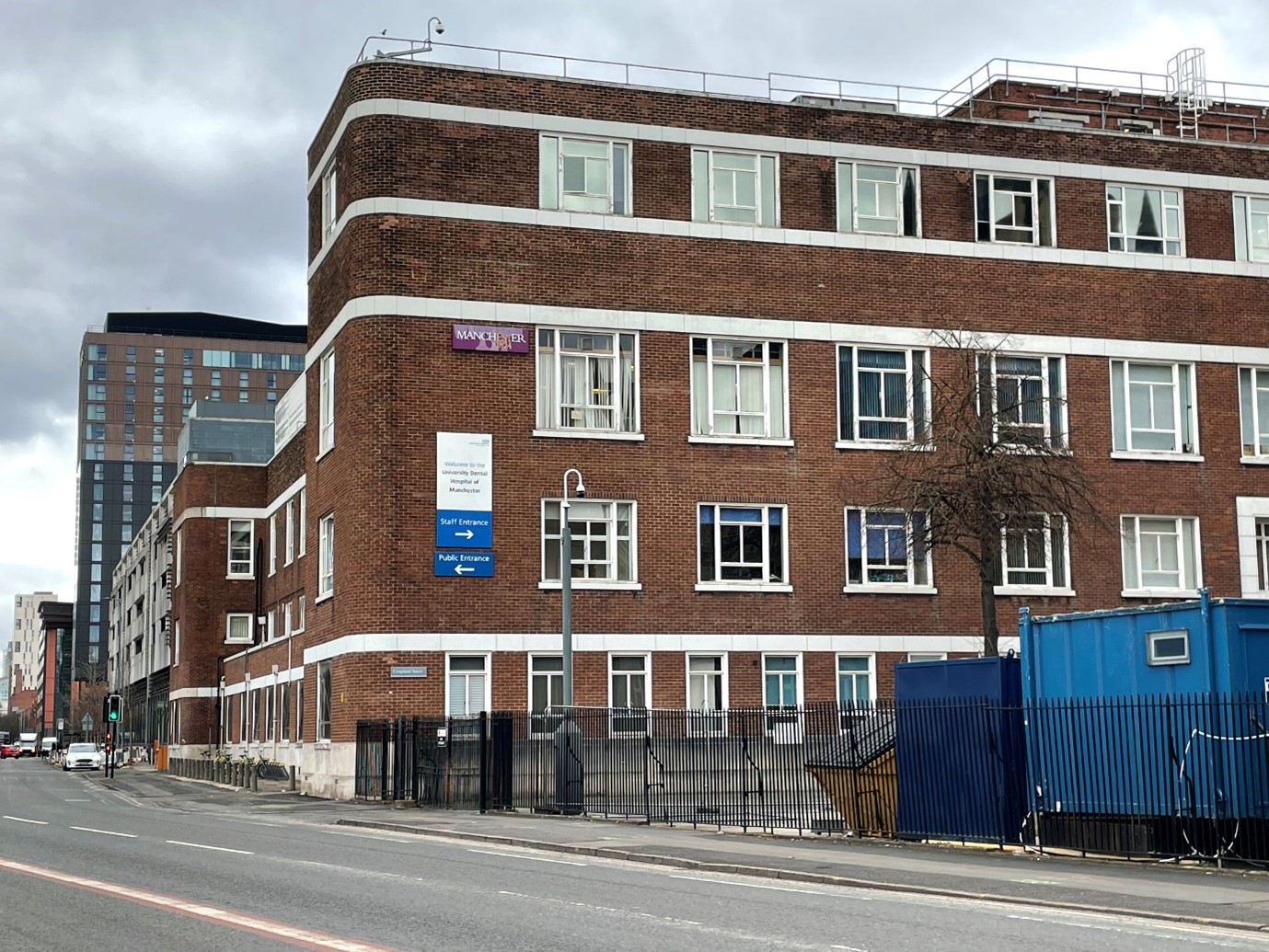
Great to read all the history of the Dover Street building which I studied in from 1966-1969. I have to admit I did not appreciate its history then as I do now ! As I get older I find that history means so much more .
Let me share my emotions and feelings on my first encounter with the former UMIST.
In 1976, September, after taking English proficiency courses in Margate and London, the very first day I arrived at the old Victorian building, it was raining and a few low-wattage incandescent bulbs, guided me through to the Mechanical Department. I wondered what I was doing there, my hometown is Mexico. Indeed it was a challenge to adopt the new life and start my MSc course in Manufacturing Technology. Winter, as expected, was not easy. Weeks passed on and I understood very next to nothing in lectures. Professors and lecturers were from everywhere, except London!. I stood firm and decide to keep ahead. Finally, after successfully pass the exams, we went on holiday (May 1977). Professor Ray Leonard invited me to do my Dissertation in Skelmersdale, at BOC. I submitted the MSc dissertation to the Board of Directors and then to the University Committee, getting approved in October 1977. This was not the end: +45 years after, I submitted a patent based on my 1977 work.
A short story about a student 24 years old then to a businessman 70 now. The work carried out in 1977 helped me to make a contribution to a better world, the ecological solution to an old challenging problem. I do not know where Dr Leonard is, but I want to thank him and others for his supervision, encouragement, and guidance. University-Industry was, at that time, a hard match then. Another challenge work for a BSc graduate in ITESM Monterrey, Mexico.
A contribution to making this world a better place to leave took so many years. Unknowingly at that time this contribution. If I encourage students, professors, Industry, research personnel from my loved University to go and solve the acute problems we face, I can retire in peace. It is never too late to thank. I am doing it after 45 years!
A very interesting series of reflections on the past, and hopefully there will be more of these, particularly including reflections on UMIST, which was noticeable by its absence.
Thank you very much for your feedback. This blog post was primarily focused on our South campus buildings as this is where our student contributors are mostly based. However, we do hope to feature more content about our North campus in the future!
Sadly UMIST seems to have been whitewashed out. Rarely is it referred to in any of material that is distributed.
Thank you very much for your feedback. The locations in this specific blog post were chosen by current students, who are based primarily on our south campus. However, we are planning a feature on our north campus buildings in the near future, so please do keep an eye out for future content!
In the early 50s the road to the library was unmade and it was generally agreed that the University motto really meant :Hard on the feet.
It was surfaced in time for a royal visit
When I started in 1958 our world revolved around four locations: the Arts Building for Lectures; the Union for a pint and a pie and a game of snooker; the Whitworth Hall for exams and football at the sports ground. The Union was also where we planned Rag Day Evers like leafleting the Bodlean Library and breaking the World Handshaking Record. It also housed the Independent newspaper, for which I wrote cricket match reports. Forty years later I had my PhD viva in the totally unchanged Arts Building
Would love to have seen UMIST, especially the Sackville St building, inside and out, and also the ‘new’ buildings such as the Student Union, Wright Robinson, the Chemistry building and Chandos. I was at UMIST from 1964 to 1967 and have very happy memories of my time there.
Thank you very much for your feedback. We are planning a feature on our north campus buildings in the near future, so please do keep an eye out for further content!
Turning up to Manchester in September 1969 I walked around the university buildings and the city. All were black. Completely black. No clean brick no clean limestone. Cleaning had not been invented.
I found a book in the library on the buildings of Manchester. A quote from an American visitor, ‘the buildings look like black velvet’.
I studied architecture and ever since reading that line have appreciated allowing buildings to show a bit of age, to be subtle in their expression, to not clean everything.
On July 18 2023 a small group of 15 Computation graduates from 1973 will meet in Manchester to celebrate the 50th Anniversary of our UMIST graduation. We will of course visit the UMIST Campus. As we stroll around I have no doubt that our flesh will crawl and anger will seethe at the University’s disgusting attempts to re-write our story and remove “Tech” from history. Very best wishes to all old Tech graduates
Thank you very much for your feedback and for sharing details of your reunion, we hope you have an enjoyable time in Manchester. Our UMIST heritage and alumnus are very important to us. The locations in this specific blog post were chosen by current students, who are based primarily on our south campus. However, we are planning a feature on our north campus buildings in the near future, so please do keep an eye out for future content!
John rylands library has a massive ‘new’ extension but the original building and old stacks are just the same.
Mansfield cooper building opened when I joined the geography department of the university – it too is unchanged as is the students union. The refectory building has not remained untouched but the biggest change is the demolished Maths Tower and the computer building which used to house a mainframe with typewriter terminals but which has also been over taken by technology and time. There I took a computer aptitude test and failed it to go on to be head of ict, system manager and in charge of a million pound computer budget for nearly 40 years. The computer says yes but the test said no!
Thanks for sharing these Vintage pictures. So nostalgic.
no sign of the squat – that have of punk in the 70’s!
I vividly remember the institute of Education building where we had our lectures for our M.ed [Industrial education and training]degree 1987/88. The institute’s library on the forth floor was a quiet place to study. The once a week interaction between the African students and professor Turner lingers freshly in mind till date.
The Maths Tower was built back-the-front by mistake! So a long ramp had to be made at the front to make an Oxford Road entrance.
I studied at the Tower 1983 to 1987. This was well-known then.Does anyone else remember this fact?
Studied Metallurgy 1994-1997 – In my first year the Metalurgy Dept was still housed in the former Dental School. Then for year 2 onwards we moved to a brand new building, shared with UMIST so were pioneers of the reunification!
Ref the Maths Tower: is it true that it was built back to front, hence the ramp access from Oxford Road, or is that simply an urban myth?
Thank you for your comment. Unfortunately, we couldn’t find any information to answer your question regarding the Maths Tower. However, if you’d like to read more about the building’s evolution, you can do so on our website here.